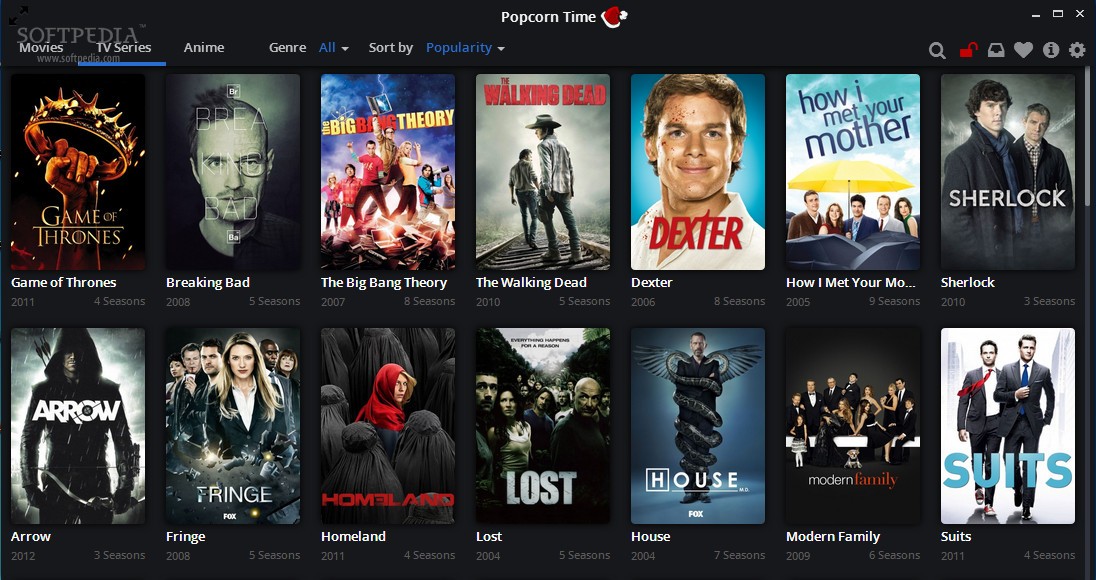
During the 1990s, "Must See TV" was a promotional slogan used by NBC. By the time it used the phrase, NBC already had a number if popular sitcoms. These shows include Seinfeld, Mad About You. Wings. Frasier. These shows were loved by viewers throughout the decade. They anchored hit programming blocks.
In addition to Seinfeld and Friends, a number of other popular sitcoms aired on Thursday nights during the nineties. E.R. was a comedy-drama. (from 1994 to 2009) was one of the most watched TV shows in the nation. It remained at the top of the list for years after its premier.
The 1990s were a turning moment in television history. During this time, upstart networks joined the big three networks. This gave television viewers more options than ever. However, there were also some sobering events. Television was negatively affected by Watergate, Nixon's scandal and the election in which Bill Clinton was elected. Cable TV became a dog eat dog world. NBC learned the best way attract viewers was to create new sitcoms which could be plugged directly into the Must-See Television slot. There were also shows that failed to make it into the slot.

While there were a lot of great comedies on NBC's Thursday Night lineup, not all programs were able make it into the spotlight. Some of the most popular shows in the 1990s didn't get the opportunity to take advantage of the lead-out slot. One of these shows was the watered-down version of Sex in the City. Another show was the run-off of a one-year wonder that never quite came out of the gate.
There were also shows that popped up that were created from the remnants of a long-running, popular sitcom. Can't Hurry Love was an early version of the series. It starred Nancy McKeon. It ranked 24th on 2001's list of most-watched TV series.
One particular hit comedy helped NBC make its mark as a top network on Thursday nights. In the 1990s, NBC was third only to Fox and ABC. Once it started gaining traction in the 18-49 demographic, it was able to outpace its competitors and regain the lead.
The network was still the largest network with 18-49 audiences in 2000. Although it was a little behind CBS and ABC in terms of total ratings, it was still the number one cable network. This is quite an impressive feat.

It was a combination Seinfeld and Friends, which saved NBC's Thursday night lineup. Although they shared the same universe, they were popular in their own ways. Initially, it was the first that gained the most viewers followed by second. Each week, the two of them teamed up for a half-hour segment in Must-See TV.
While a number of other shows didn't succeed, there were some notable successes that paved the way for the future of the sitcom genre. Seinfeld, Mad About You and Friends were just a few of these.
FAQ
How TV ads are measured?
Advertisers use the number of people who actually view an ad to measure their effectiveness. They also measure whether they have reached their target market.
Surveys that ask viewers if the ad was seen are used by them to do this. They are able to tell if the viewer was exposed by answering yes.
If they don't say yes, they are aware that they were not exposed to the ad. This indicates how effective the ad reached its target market.
How much time does a commercial air?
There are many commercials that air throughout the day. Some commercials run during the day while others air in the evening.
Most commercials air every hour or half hour.
Are advertisers willing to spend large sums of money on television?
Advertisers can spend a lot of money to advertise their products on TV. They also spend a lot trying to convince customers to buy their products.
They do this by spending money to research what people like or dislike about their products.
Advertisers then use this information to design advertisements that appeal to consumers.
Statistics
- 93 percent of American adults listen to the radio over the course of the week. (marketingevolution.com)
- To get estimated costs for airing a 60-second TV commercial in different regional markets, check out the following figures in this TV ad pricing chart from the media experts at Casual Precision. (fitsmallbusiness.com)
- Not to mention, sales rose an incredible 11% following the launch of this commercial. (qualitylogoproducts.com)
- Television is a great brand awareness tool - Almost every American has a television, with 83 percent of adults having two or more, and American households keep their televisions on for 8.1 hours each day on average. (marketingevolution.com)
- In fact, 76% of people completely skip the commercials while watching their programs. (qualitylogoproducts.com)
External Links
How To
How can I make money on my TV Commercial?
Through a variety of channels, you can make money through your TV commercial. Some of these include:
Advertising - Any paid promotion that encourages viewers or makes them watch your commercial.
Merchandising – After seeing your commercial, this refers to the sale of merchandise related your product.
Licensing is the licensing of your commercial to other businesses so they can use it in their promotions.
Syndication – This is when your commercial is syndicated to other networks.
Advertising revenue can be used as a funding source for future projects and production costs.
Advertising can generate substantial income, however it doesn't guarantee a return.
To start making money from your TV commercial, you should first determine which types of advertising are available to you. After that, you need to know more about each one before making a choice.
Next, decide where you want to place your commercial. Do you wish to advertise on popular shows like sitcoms and sports games? You might prefer to target younger people by placing your ad near children's TV shows.
The final decision is whether to make your own commercials or buy one from a distributor. If you plan to create your own commercial, you'll need to find a professional who can write the script, direct the actors, and edit the final product. However, buying a commercial that is already prepared can save you precious time and money.
After you have made a decision about how you will create your commercial you need to explore other options. Here are some things to consider when selecting an advertising method:
Target Audience- This is one of the most popular ways to advertise. Advertise to teenagers, young adults, middle-aged women, men over 50, or children.
The key here is finding the right audience for your commercial. You don't want your advertising dollars to go to people who won't be interested in your product.
You should consider the potential audience for your commercial when deciding where to place it. If your plan is to advertise at a sporting event or other public events, it might make sense to place your commercial right before the first whistle. That way, everyone attending the event will see your commercial.
But, if you need to reach people in areas other than your own, you may need to go elsewhere. You can try using cable television or satellite dishes to broadcast your commercial to a wider audience.
Production costs - Companies spend anywhere from $5,000 to $10,000 per minute for commercial airtime. They charge advertisers a fee depending on the length of the spot.
For example, if a company wants to run 30 seconds of commercial airtime, it will typically charge $1,500. They will be charged $2,500 if they wish to run for 60 second.
To make your own commercial, expect to spend anywhere between $3,000 and $15,000. A director, writer and producer are all necessary to make your commercial.
Time frame - The time it takes to complete an advertising campaign is also important. For example, if your goal is to sell products within a week, you won't be able to wait until after the Super Bowl to begin airing commercials. It's better to choose a quick advertising medium.
It is worth the effort and time required to produce a high-quality commercial if you want to maximize your long-term exposure.
Cost per Viewer- Finally, it is worth considering what it costs for each person to view a commercial. This depends on your audience size and how many views it receives.
An example: A commercial with 10,000,000 viewers will be more expensive than a one-minute commercial with just 1,000 views.
To decide which option is the best, compare all of these variables. Once you've decided on a strategy, you can use the following tips to help you get started.